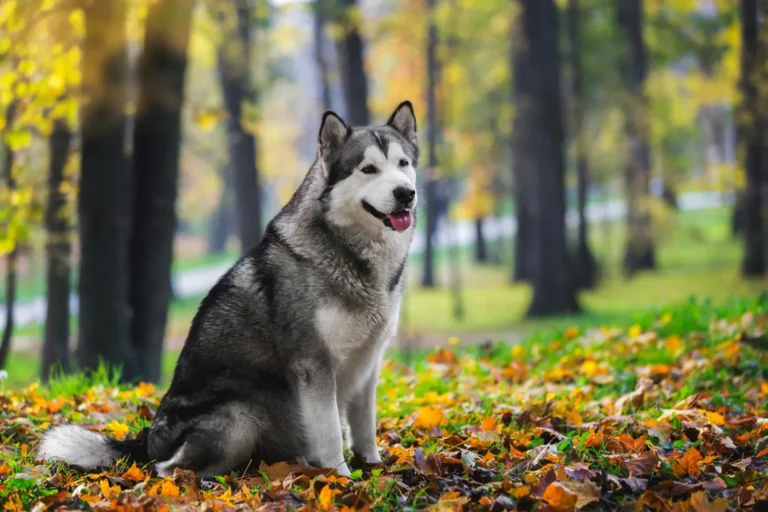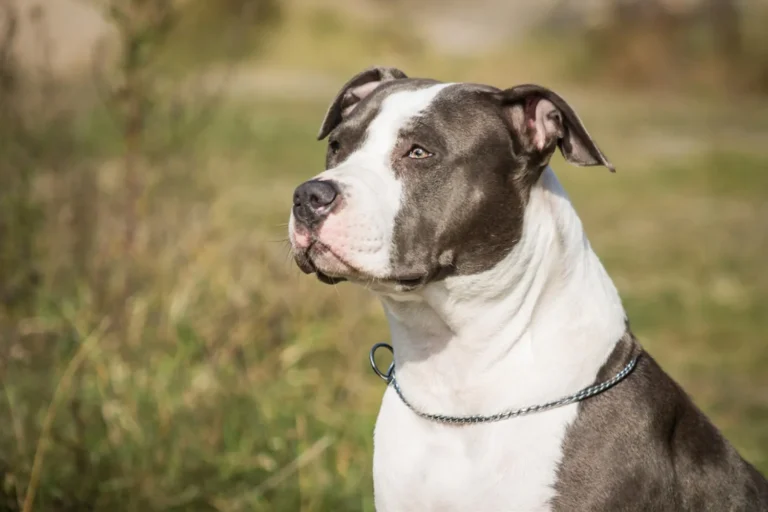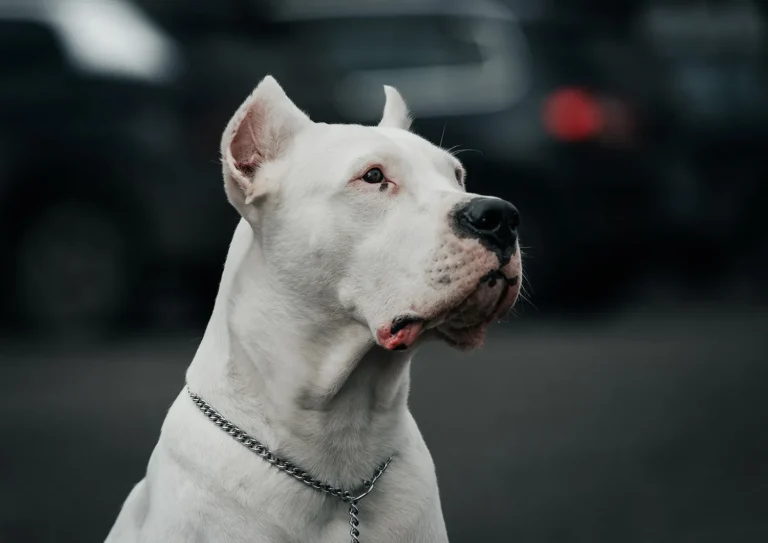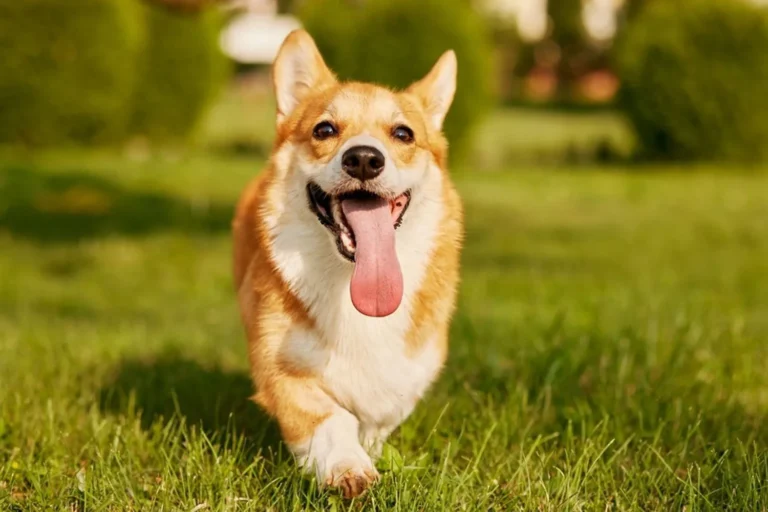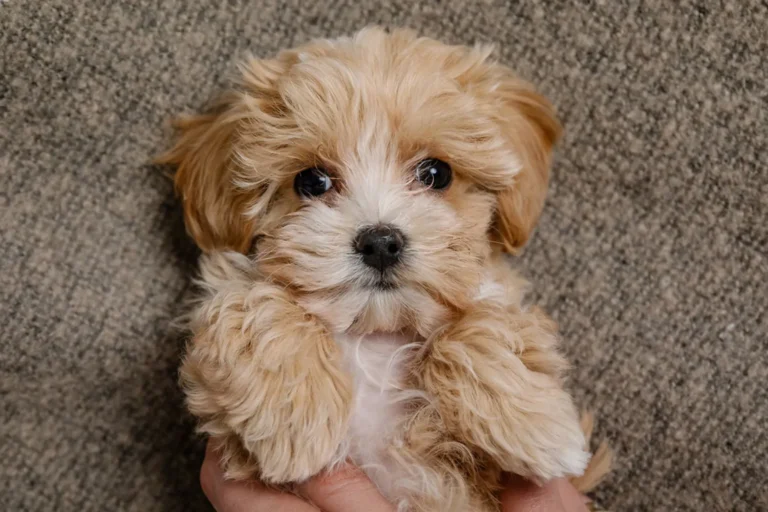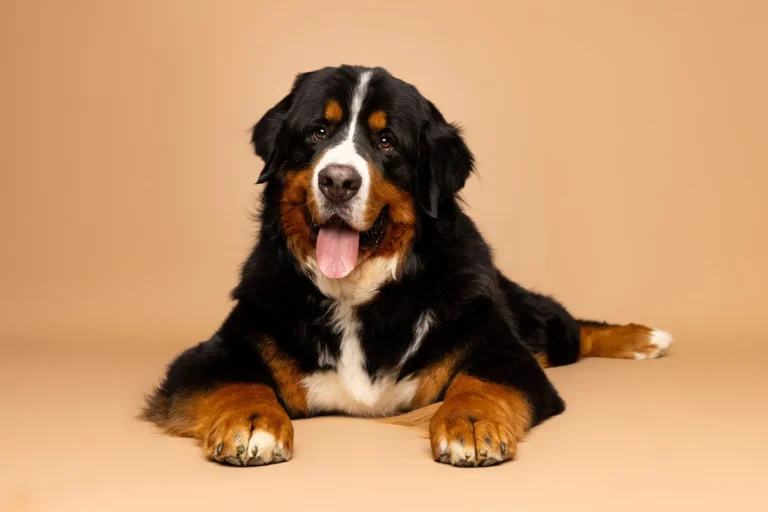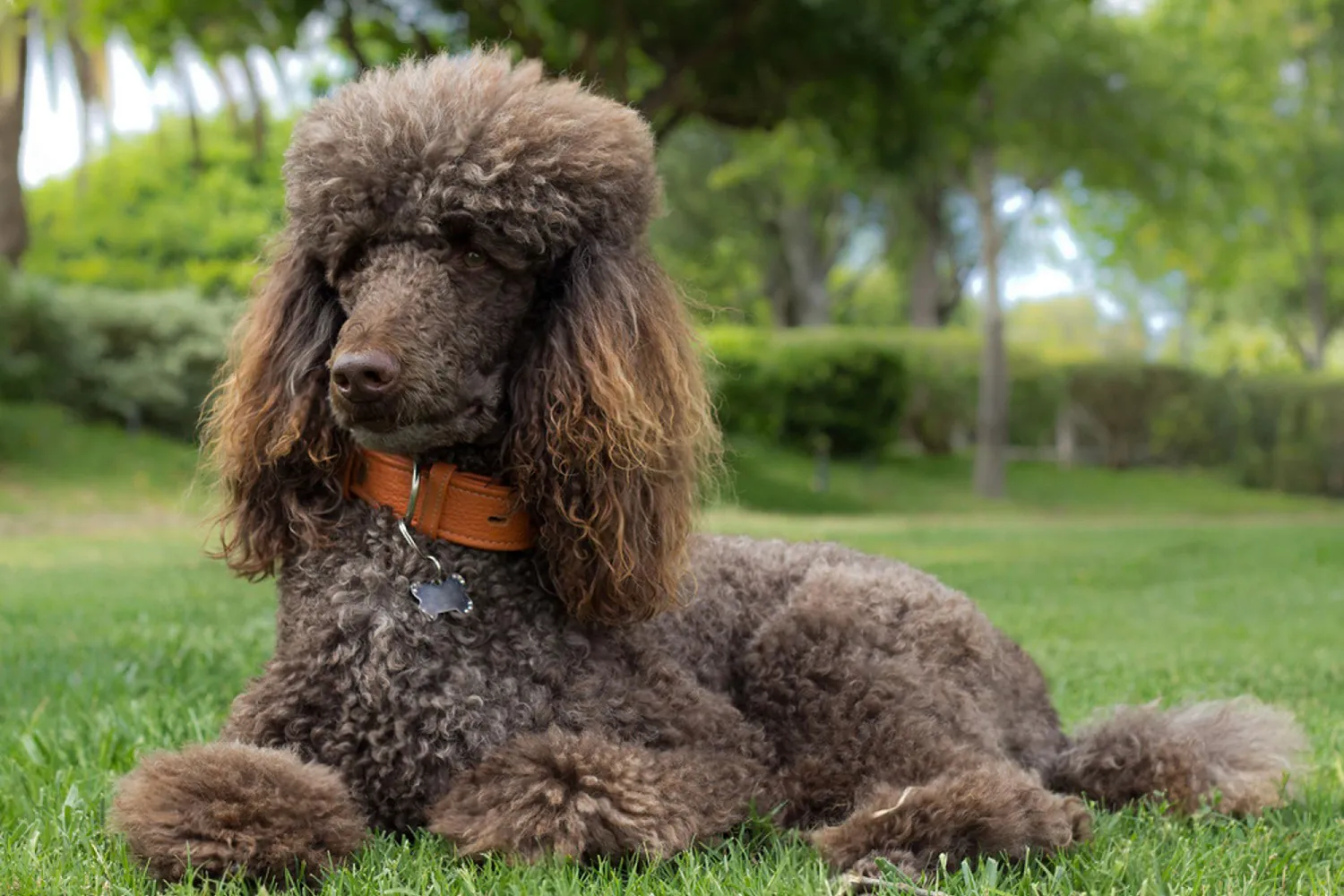
Thinking about bringing home a new dog? Poodles are hard to overlook not just for those classy curls and that proud little prance, but for their brains. They’re famously quick studies. I taught my friend’s Miniature Poodle “spin,” “bow,” and a tidy heel in a single weekend, and he was clearly thrilled to show off. Whether you like a Toy, Miniature, or Standard size, there’s a Poodle that fits your home and your couch.
They’re loyal, gentle with kids, and usually great with other pets I’ve seen a Standard Poodle nap nose to nose with a cat. Give them mental games, walks, and a bit of training fun, and keep up with grooming so those curls stay comfy. In return, you’ll get a devoted, family ready companion.
History and Origin of the Poodle
Before they were salon superstars, Poodles were all grit and marsh water. Hunters relied on them to plunge into chilly ponds and bring back ducks, which is why the breed’s earliest job description was simple: waterfowl retriever. That part of their story isn’t up for debate. Where they first took shape, though, sparks friendly arguments some say Germany, others point to France. Honestly, both countries can claim a piece of the Poodle’s past. Even their names tell on them: “Poodle” comes from the German pudel, meaning “to splash about,” while the French call them Caniche, short for Chien de Canard Duck Dog.
If you’ve ever watched a Standard Poodle work in water, the history makes perfect sense. I once met a big, curly fellow named Beau who was happily launching himself into a cold lake after a floating bumper while my Labrador stood on the shore, looking offended by the temperature. Their famous haircut even has functional roots traditionally, the coat was trimmed to reduce drag in the water while leaving puffs to help protect joints and the chest. A groomer I chatted with in Paris swore her grandfather still clipped hunting Poodles that way during the season.
Over time, the breed’s style and smarts won over France in particular, which likely cemented the “French Poodle” reputation. Smaller sizes came later for companionship and city life, but underneath the fancy trims, the heart of a swimmer remains. If you bring a Poodle home, try a gentle introduction to water and a few tosses with a floating toy. Keep it positive and calm, and you’ll see that old Duck Dog instinct kick in with a happy splash.
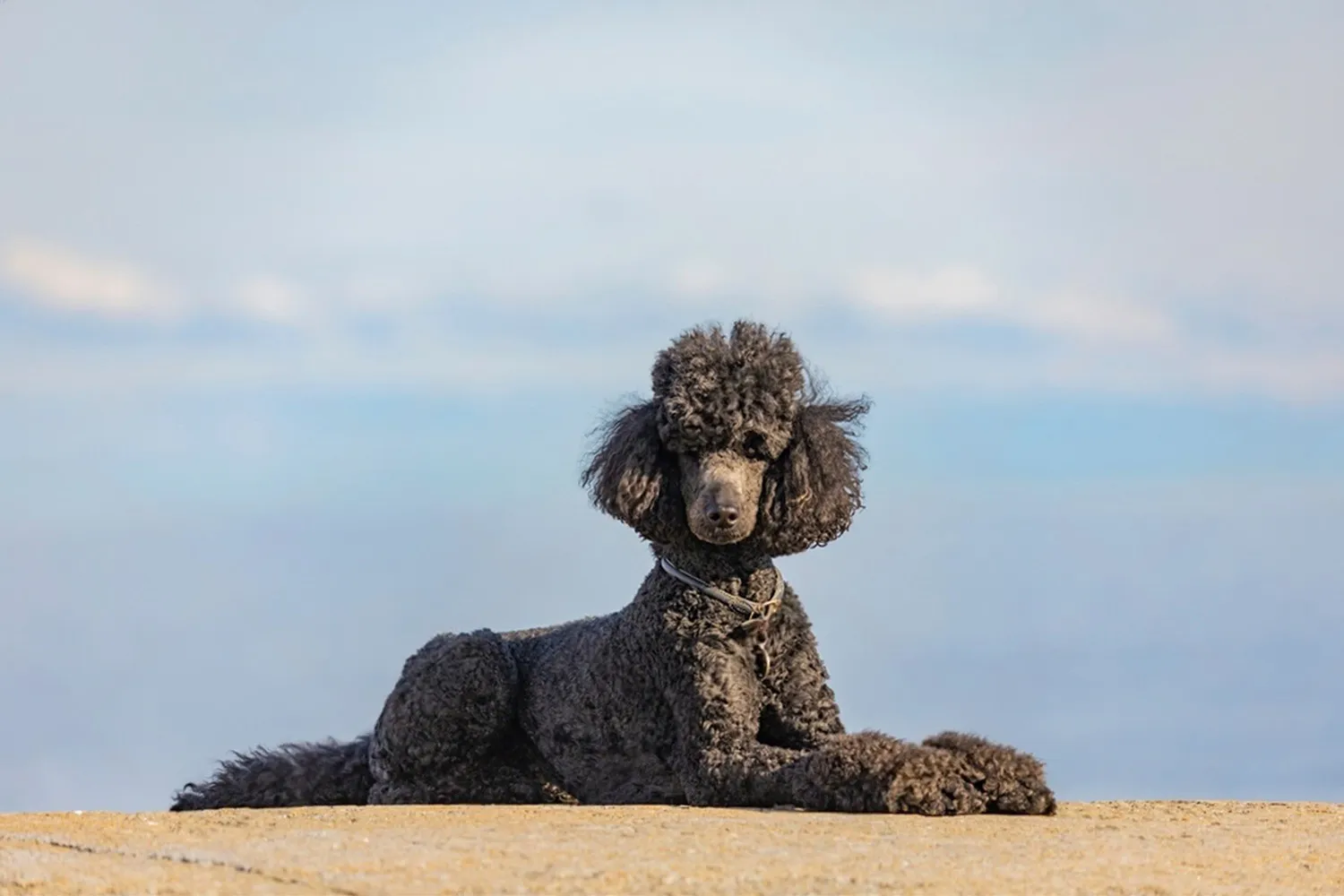
What Is the Poodle Breed?
The Poodle is a purebred showstopper with brains to match. That famous curly coat isn’t just for looks it originally kept them warm while working in cold water, retrieving waterfowl and even working from boats for hunters. I once walked a Standard Poodle who would make a beeline for any pond we passed; after a splashy detour, those tight curls shed the water like a raincoat and he’d bounce right back, ready for more.
You can find Poodles in a painter’s palette of shades: black, brown, white, cream, sable, silver, grey, red, blue, and apricot. They’re also considered hypoallergenic, which is a big relief if you or someone in your home has allergies. One of my friends can’t visit most dogs, but she cuddles my neighbor’s Poodle without a sneeze. Tip from experience: still do a meet and greet first, because everyone’s sensitivities are different. Keep that coat brushed and book regular grooming to help with dander; I aim for a thorough brush out a few times a week and a professional trim every 6-8 weeks. It’s amazing how much easier life gets when you stay ahead of the curls.
Poodles come in four sizes to fit different lifestyles: the Standard is the largest and loves an active routine; the Medium is a nice in between; the Miniature is compact but sturdy; and the Toy is the tiniest companion of the bunch. I’ve found Standards thrive on long walks, swimming, and puzzle games, while Miniatures and Toys still need daily play and short training sessions to burn mental energy. Don’t let the dainty looks fool you these dogs are clever, eager to learn, and happiest when they have a “job,” whether that’s fetching a ball, mastering new tricks, or being your shadow around the house. One time I taught a Miniature Poodle to spin, bow, and high five in a single weekend; once they “get” the game, they’re all in.
If you’re thinking about a Poodle, pick the size that matches your space and activity level, and be ready to care for that glorious coat. In return, you’ll get a loyal, lively companion who looks like a celebrity and loves like a best friend.
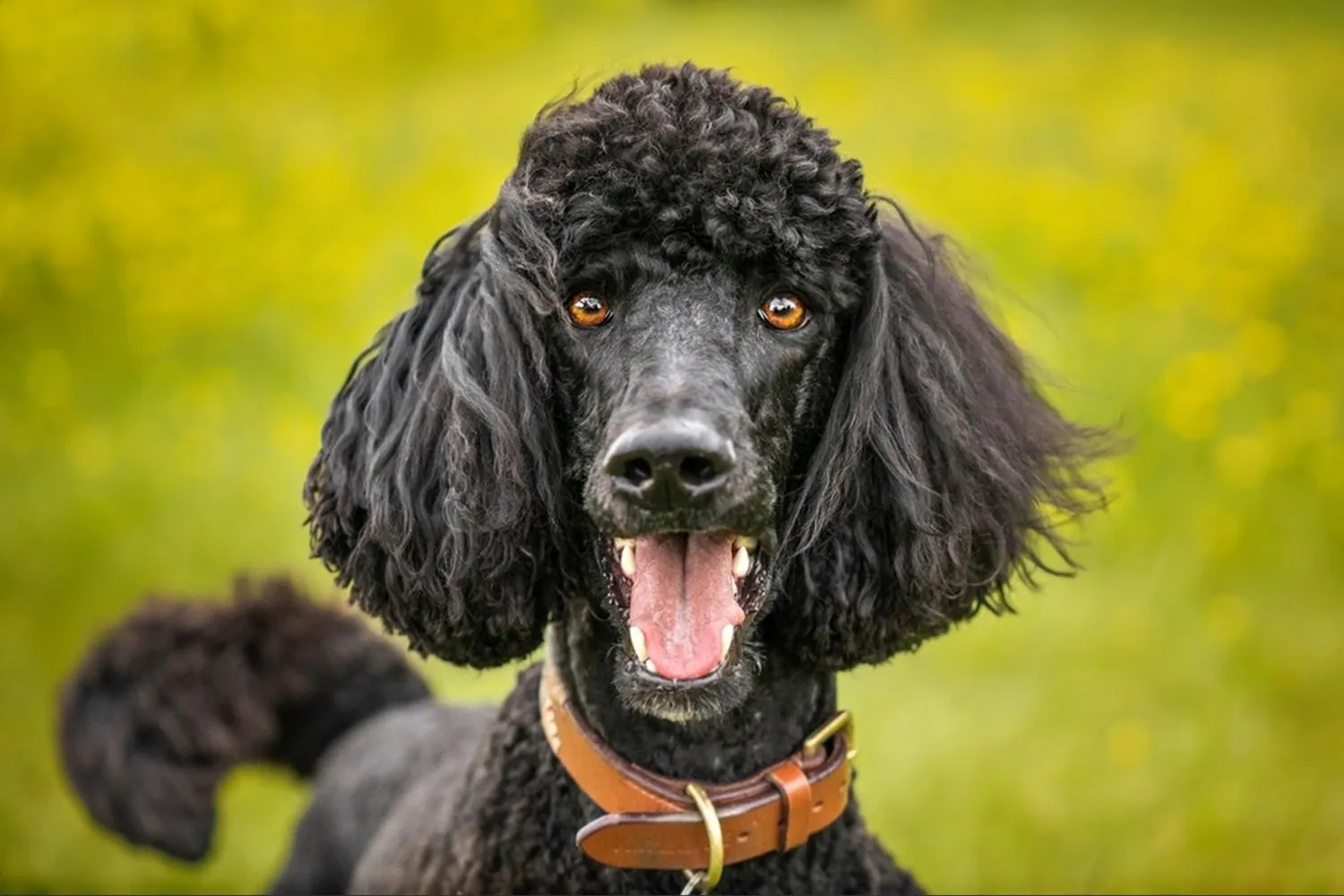
Who Is a Poodle Best For?
If you love a dog that learns fast and lives to be part of your day, a Poodle fits like a glove. Their brains and steady temperament make them naturals for service work therapy visits, guide roles, and all sorts of assistance tasks. I once watched a calm, apricot Standard Poodle sit through an entire children’s reading hour at our library, head on a little boy’s knee, as if that were the most important job in the world. That eager to please focus is classic Poodle.
They’re wonderful family dogs too, especially with early socialization. Give a Poodle puppy gentle introductions to kids, guests, and other pets, and you’ll see that friendly, playful side bloom. A neighbor’s Miniature Poodle used to trot over to greet my cat with a polite nose boop before joining my kids for a backyard game of fetch no drama, just joy. Bonus: Poodles come in three sizes, so you can match the dog to your space and lifestyle. Standards make sturdy playmates and hiking buddies; Miniatures balance pep with portability; Toys can thrive in apartments with the right enrichment.
First time owners often find Poodles a confidence boost. They pick up training quickly and genuinely enjoy the “game” of learning. Keep sessions short, positive, and fun think five minutes of sit stay practice, a puzzle toy, then a victory lap around the living room. One of my pups learned a rock-solid recall in a week just by trading zoomies for cheese.
Energy wise, Poodles are happiest with active households. Daily brisk walks, a good fetch session, and a few brain teasers (snuffle mats, scent games) go a long way. If you’re into agility or obedience, even better Poodles shine when they have a job.
A quick reality check: that fabulous coat needs upkeep. Plan on regular brushing and professional grooming every 6-8 weeks to keep mats at bay. Many folks appreciate that Poodles are low shedding, which can be easier for allergy prone families, but it’s smart to meet one first and see how you feel. Above all, Poodles thrive on companionship, so they’re best for people who want an involved, intelligent partner in everyday life.
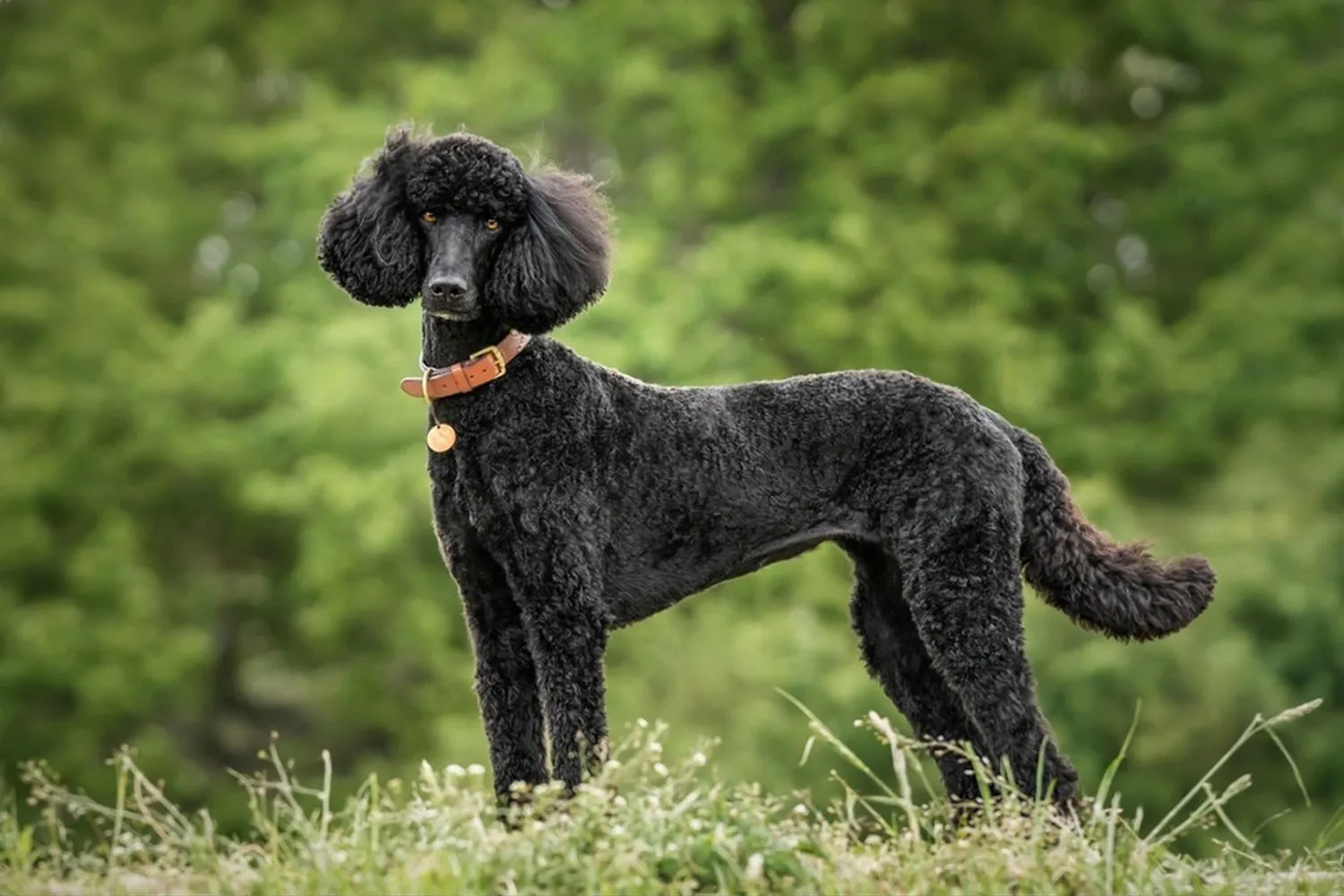
Poodle Grooming & Shedding
People are always surprised when I say my Poodle barely leaves a trace around the house. While all dogs shed at least a little, Poodles shed so minimally and carry less dander than many breeds, which is why they’re often considered a good option for allergy prone homes. If you’re sensitive, it’s still smart to do a “test visit” with a Poodle hang out for an hour or two, see how you feel, then go from there. I keep a HEPA filter running where my dog sleeps and wash bedding weekly, and it makes a noticeable difference.
Here’s the trade off: because their coat doesn’t shed much on its own, grooming is non negotiable. That curly, single layer coat loves to tangle if you look at it the wrong way. A groomer I trust in Portland told me, “Little and often beats the big rescue groom every time,” and she’s right. I aim for brushing three to four times a week with a slicker brush and a metal comb, using a light spritz of detangler so I’m not brushing dry. Plan on a professional groom every 4-6 weeks for a tidy clip, nail trim, and ear care. I learned the hard way that skipping appointments leads to surprise felted mats behind the ears one summer, we had to go shorter than planned, and my dog gave me the most dramatic side eye for days.
Poodles are famous for their stylish cuts, and while you don’t need anything fancy, it’s fun to choose a look. The classic “pom pom” style you see think Continental or English Saddle actually started with purpose: it kept vital organs and joints warm and protected while leaving the rest of the body streamlined for swimming, since Poodles were originally water retrievers. If you prefer low maintenance, ask your groomer for a teddy bear or lamb clip; it keeps them plush and cute without high upkeep. One of my favorite memories is picking up my Standard after her first teddy trim she looked like a cinnamon roll with legs and strutted out like she knew it.
A few quick tips I swear by: learn “line brushing” so you reach the skin and not just the surface curls; keep a small comb by the door to clear out burrs after walks; and during the puppy coat change (usually somewhere around the first year), brush more often because mats show up fast. Whether you have a Toy, Miniature, or Standard, the routine’s similar stay consistent, find a groomer you click with, and enjoy the bonus of a fresh, good smelling cuddle buddy who doesn’t leave hair everywhere.
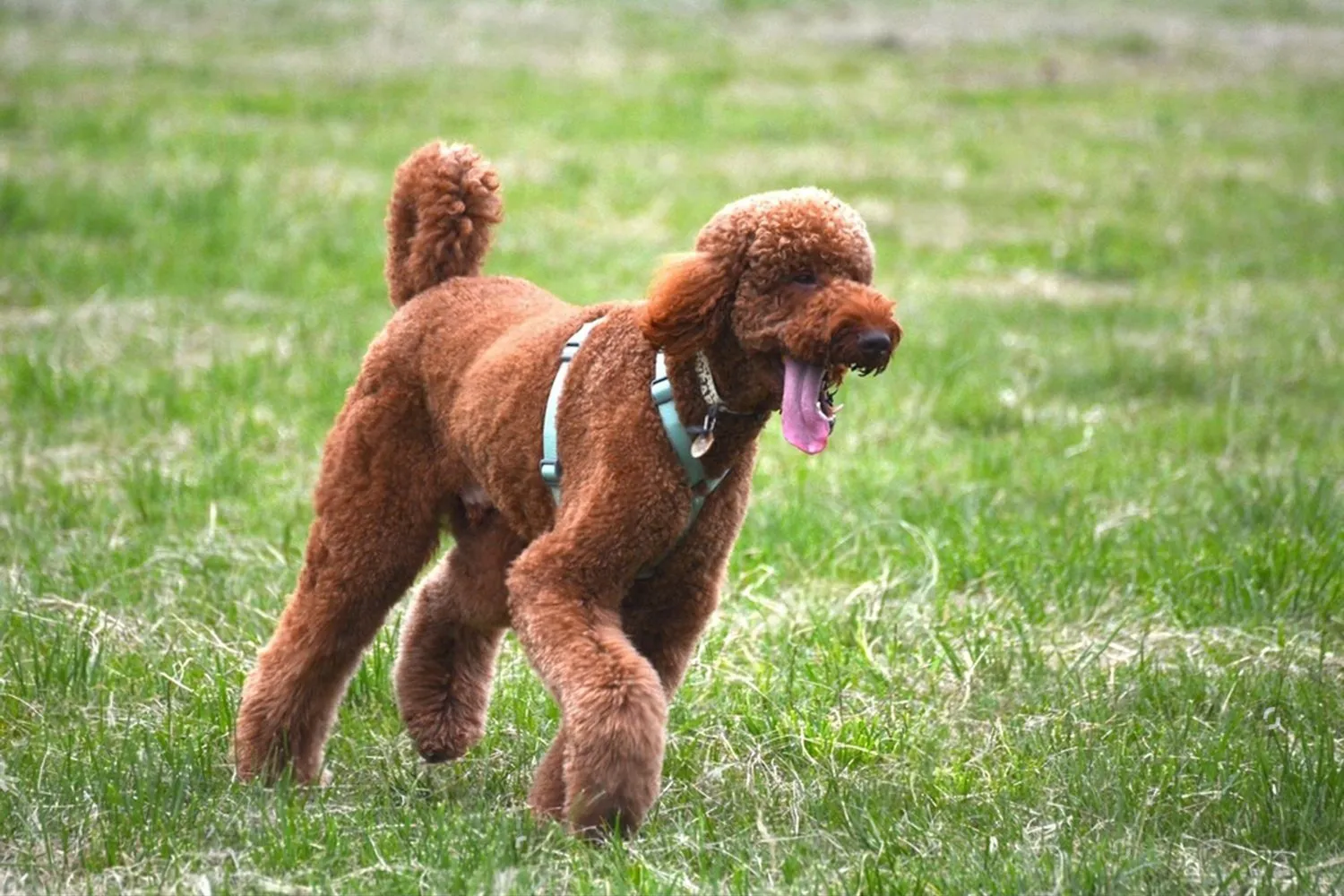
Do Poodles Bark a Lot?
Poodles are clever, sensitive dogs, and those two traits can make them a bit chatty. A lot of the barking people notice is really just energy or nerves spilling out. When I fostered a Standard Poodle, he’d “commentate” on every squirrel until we did a brisk walk and a few rounds of fetch then he’d curl up and snooze like a dream. Regular exercise and a little mental work (think puzzle toys or a short training session) go a long way toward turning the volume down.
The smaller varieties Toy and Miniature do tend to be more vocal. My friend’s Miniature Poodle is basically a pocket sized security system and will announce leaves, clouds, and the mail carrier. That said, early training makes a big difference. Teach a “quiet” cue, reward calm moments, and practice short, simple doorbell drills: doorbell rings, pup sits on a mat, quiet earns a treat. It’s amazing how fast they catch on when silence pays.
If your Poodle’s barking feels anxious, work on confidence and routine. Gentle socialization, alone time practice, and predictable daily exercise can ease those jitters. I also manage the environment closing blinds on busy windows and using a white noise machine helped my dog ignore hallway sounds. Bottom line: Poodles may have a voice, but with exercise, mental stimulation, and consistent training from a young age, that voice becomes an occasional alert, not a constant soundtrack.
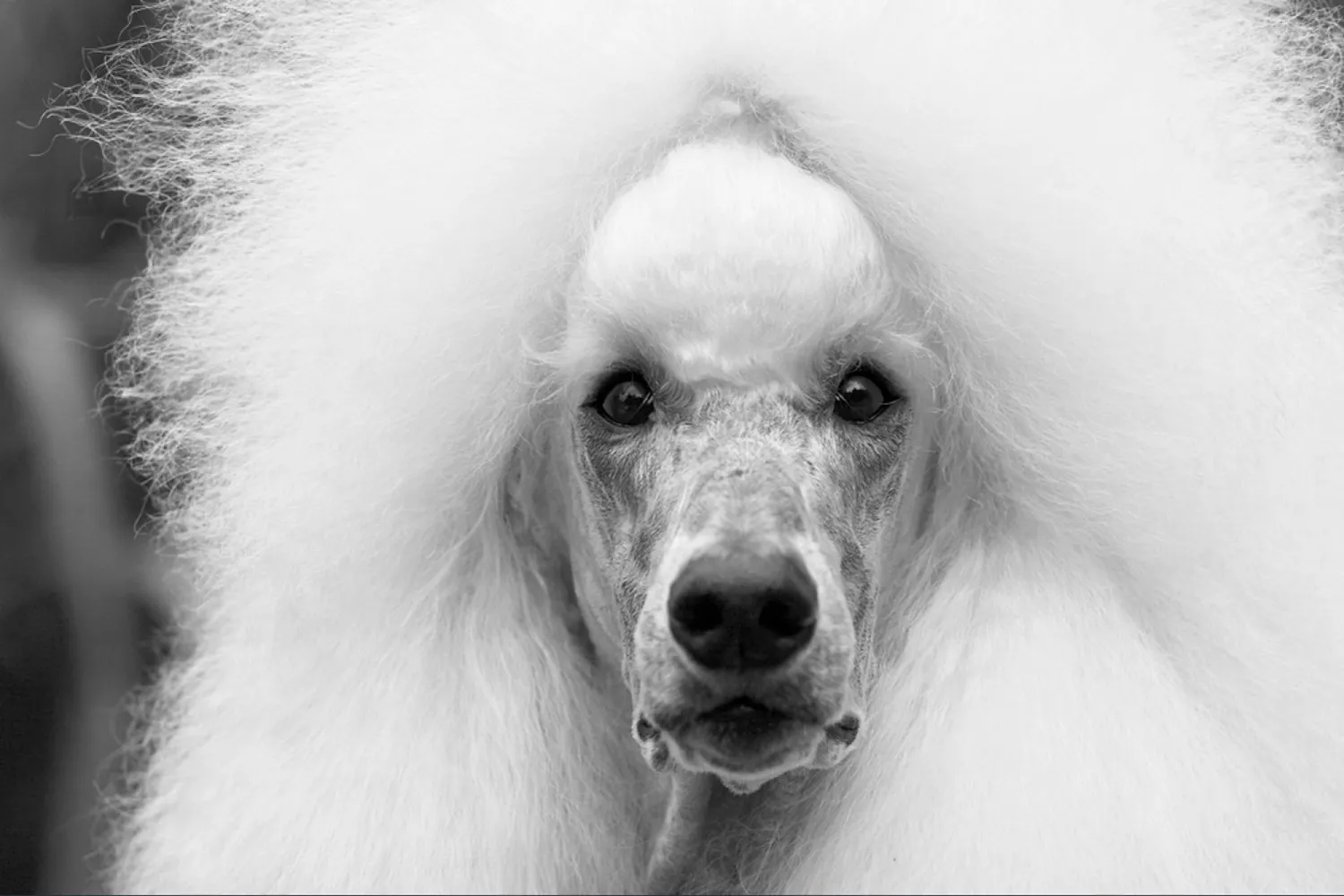
Poodle Size Guide: Average Weight and Height
Poodles come in a handful of sizes, and I’ve shared a couch with most of them over the years. The biggest surprise? No matter the size, they all think they’re lapdogs.
Standard Poodles are the athletes of the family. Fully grown, males usually weigh 20-30 kg (about 44-66 lb) and females around 20-27 kg (44-60 lb). Their height at the shoulder typically lands between 40-55 cm (16-22 in). My old Standard would stretch to a lanky 22 inches and still try to climb into my lap during thunderstorms. With Standards, remember that muscle adds healthy weight don’t panic if your lean youngster fills out around 18-24 months.
Medium Poodles are just a step down in size. The American Kennel Club doesn’t list “Medium” as an official category, but many other clubs do. They stand roughly 35-45 cm tall (14-18 in) and weigh about 9-13 kg (20-29 lb). A friend’s Medium Poodle could do a 10 km hike and then curl into a neat, carry on sized ball on the car ride home.
Miniature Poodles keep things compact without losing that smart, springy energy. They grow up to 35 cm (up to 14 in) and weigh 4.5-7 kg (10-15 lb). Our neighbor’s Mini is the zoomie champion of the cul de sac tiny legs, huge personality. If you like city living, this size is easy to lift into a tub for bath time and fits most small harnesses.
Toy Poodles are little charmers, topping out at 25 cm (up to 10 in) and 2-3 kg (about 4.5-6.5 lb). One Toy I dog sat would perch on the windowsill like a cat. With Toys, be extra careful around stairs and jumping off furniture; those petite frames need gentle handling.
You may also hear about Teacup Poodles. There’s no official breed standard for this size, but people use the term for very small Poodles that grow to around 16-22 cm (6-9 in) and under 2 kg (under 4.5 lb). If you’re considering one, do your homework ethical breeders prioritize health, and very tiny dogs can be more delicate.
A few quick tips from my measuring tape adventures:
– To measure height, have your Poodle stand square, then measure from the ground to the top of the shoulder (the withers). I use a book against the shoulder and mark the wall like I’m measuring kids.
– Weigh regularly. Grooming fluff can hide a waistline, so go by feel: you should easily feel ribs without a thick layer of fat, and see a slight tuck at the waist.
– Growth timing varies. Toys and Minis reach full size sooner (often by 9-12 months), while Standards can keep filling out until 18-24 months. Feed for steady growth, not speed, to protect those joints.
Every Poodle is an individual, so think of these numbers as a helpful range rather than a hard rule. When in doubt, your vet can confirm whether your curly companion is right on track.
https://en.wikipedia.org/wiki/Poodle
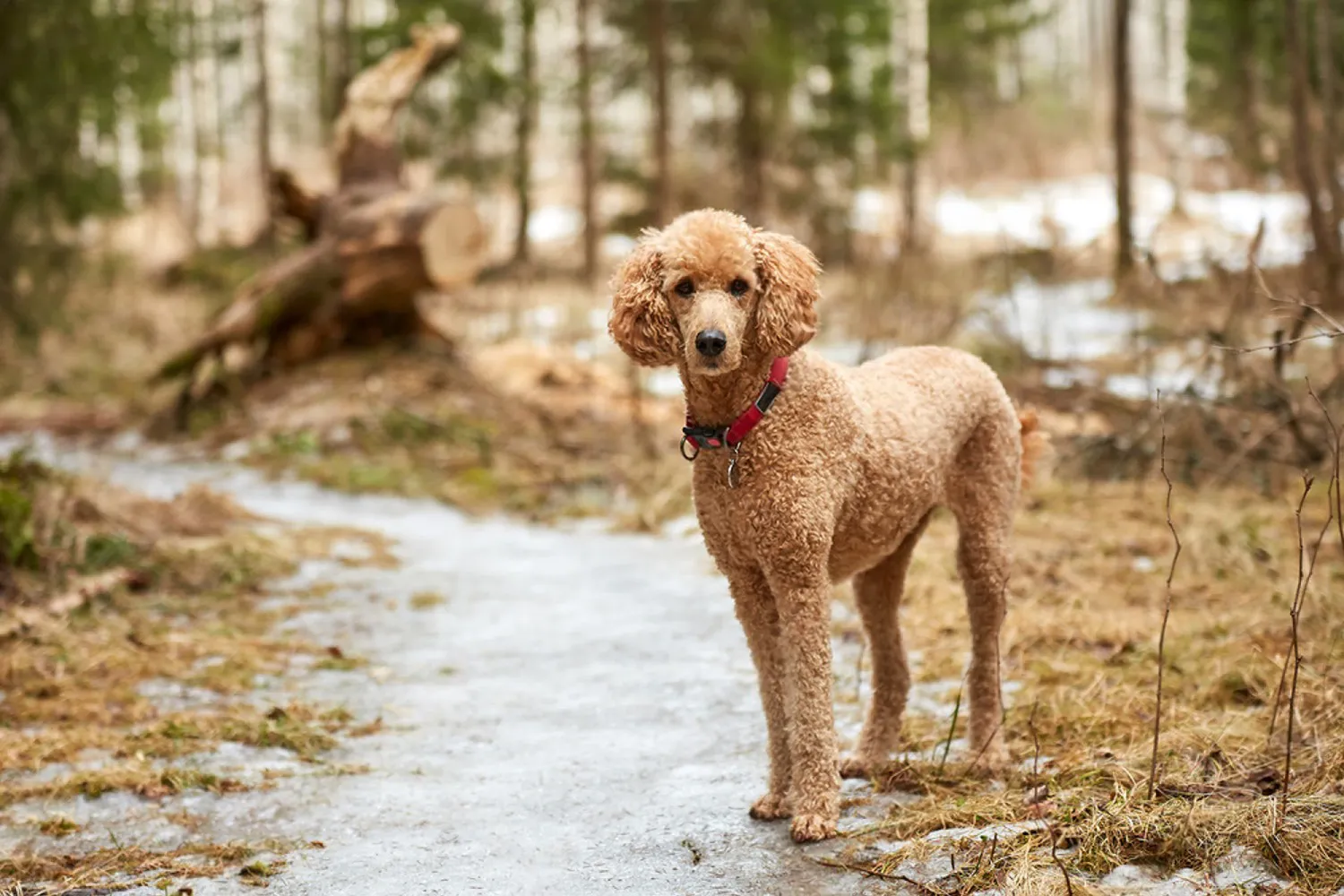
Are Poodles Easy to Train?
Poodles are whip smart, and that’s both a gift and a challenge. They pick up new cues quickly sometimes after just a few repetitions but they also get bored if you turn training into a lecture. Short, fun sessions are your secret weapon. I like doing 5-10 minutes, a few times a day, and mixing in games so it feels more like play than school.
Start early with name recognition and simple cues like sit, and pair everything with rewards. Treats work wonders, but so do happy praise and a good neck scratch. Poodles tend to be sensitive to tone, so keep your voice upbeat. My first Poodle learned that sitting made hot dog pieces appear as if by magic, and then she started offering sits for everything adorable, but it reminded me to add variety with down, touch, and watch me.
Nipping and mouthing should be addressed right away. Redirect to a toy, reward calm mouths, and be consistent. Consistency is huge, by the way everyone in the family should use the same words and rules. I also like teaching a solid leave it and wait early on; it builds impulse control and makes life easier later.
House training is all about routine and patience. Take your puppy out first thing in the morning, after meals and play, and before bed. Celebrate like they just won a medal when they go outside. Accidents will happen quietly clean up with an enzyme cleaner and move on. A crate or pen can help with supervision and establishing a schedule. A friend of mine hung a small bell by the door; her toy Poodle learned to tap it within a week, which turned potty breaks into a clear conversation.
Keep training interesting: rotate rewards, toss in puzzle toys, and teach a new trick every week. With gentle, positive reinforcement and a steady routine, Poodles are a joy to train and they’ll keep you on your toes in the best way.
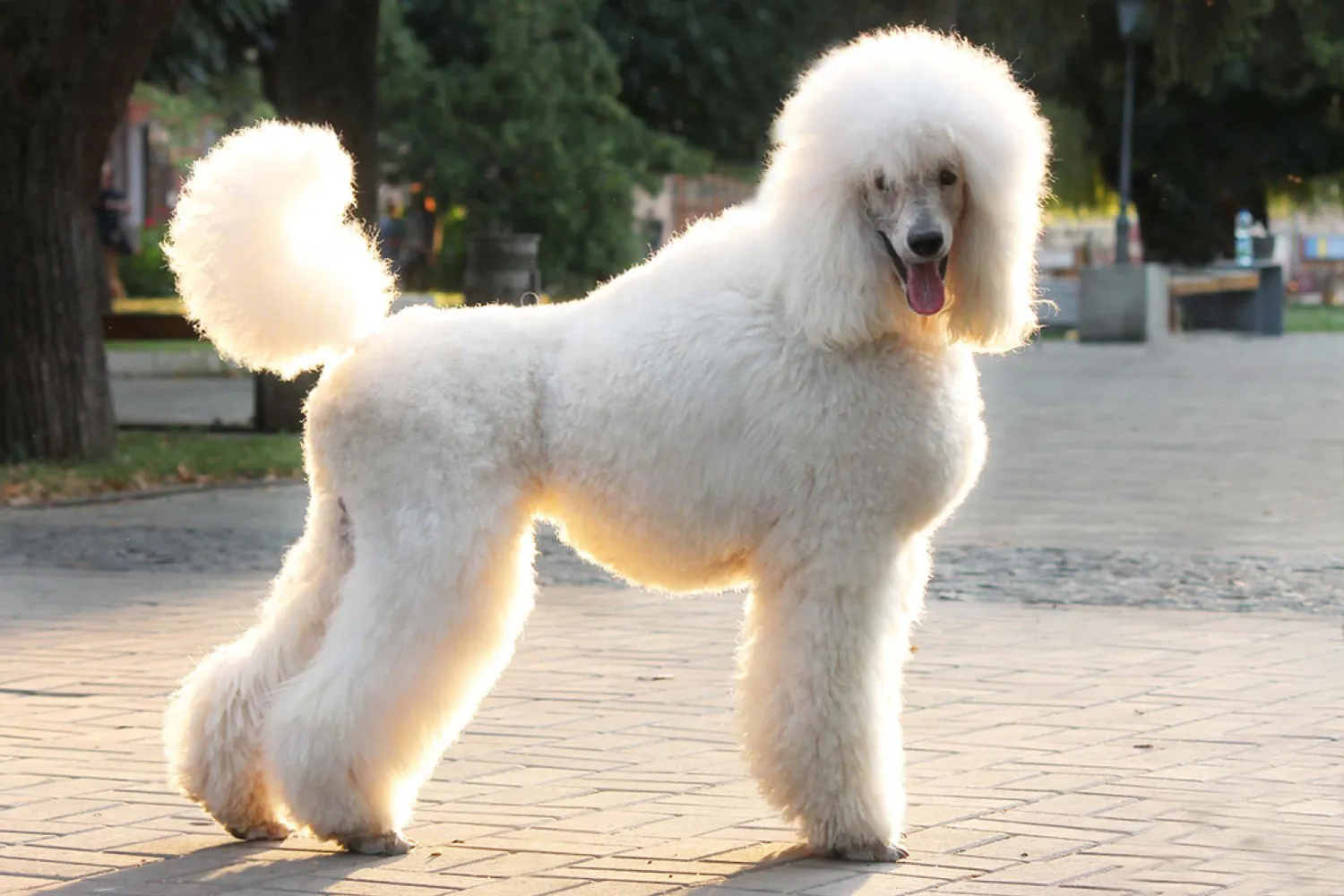
How Do Poodles Behave? A Look at Their Temperament and Personality
Poodles are the classic “people dogs” affectionate, bright, and wonderfully in tune with their families. The ones I’ve known have been gentle with kids and happy to play ambassador at family gatherings, then curl up like a little shadow on the sofa afterward. They’re loyal in that Velcro dog way, always wanting to be part of what you’re doing, whether it’s a backyard game or a quiet movie night. Because they’re so sensitive and intelligent, they pick up on household moods fast and often try to please.
That intelligence is a gift, but it also means you’ve got to keep their minds busy. A bored Poodle will invent their own entertainment I learned that lesson the day mine figured out how to open the laundry basket and proudly “redecorated” the hallway with socks. Short daily training sessions, puzzle feeders, scent games, and even simple hide and seek around the house can work wonders. I like to do a 10-minute trick practice before dinner; it settles them and gives that clever brain a job.
When it comes to training, Poodles respond beautifully to calm, confident leadership and clear routines. They love learning and showing off, so positive reinforcement goes a long way. My friend’s Miniature Poodle mastered spin, bow, and a tidy heel in a month simply because we made it a fun game. They can be a touch shy with strangers at first, so let introductions happen at their pace treats, soft voices, and no looming. With other animals, they’re usually polite and adaptable. I introduced a Poodle to a resident cat by swapping blankets for a few days; by the weekend, they were sharing sunbeams.
One thing to plan for: Poodles don’t like being left alone for long stretches. They bond deeply and can fret if they feel abandoned. Build up alone time gradually, leave a safe chew or puzzle toy, and consider a dog walker or daycare on busy days. On the flip side, give them your time and some mental workouts, and you’ll have a devoted, well mannered companion who’s as sharp as they come.
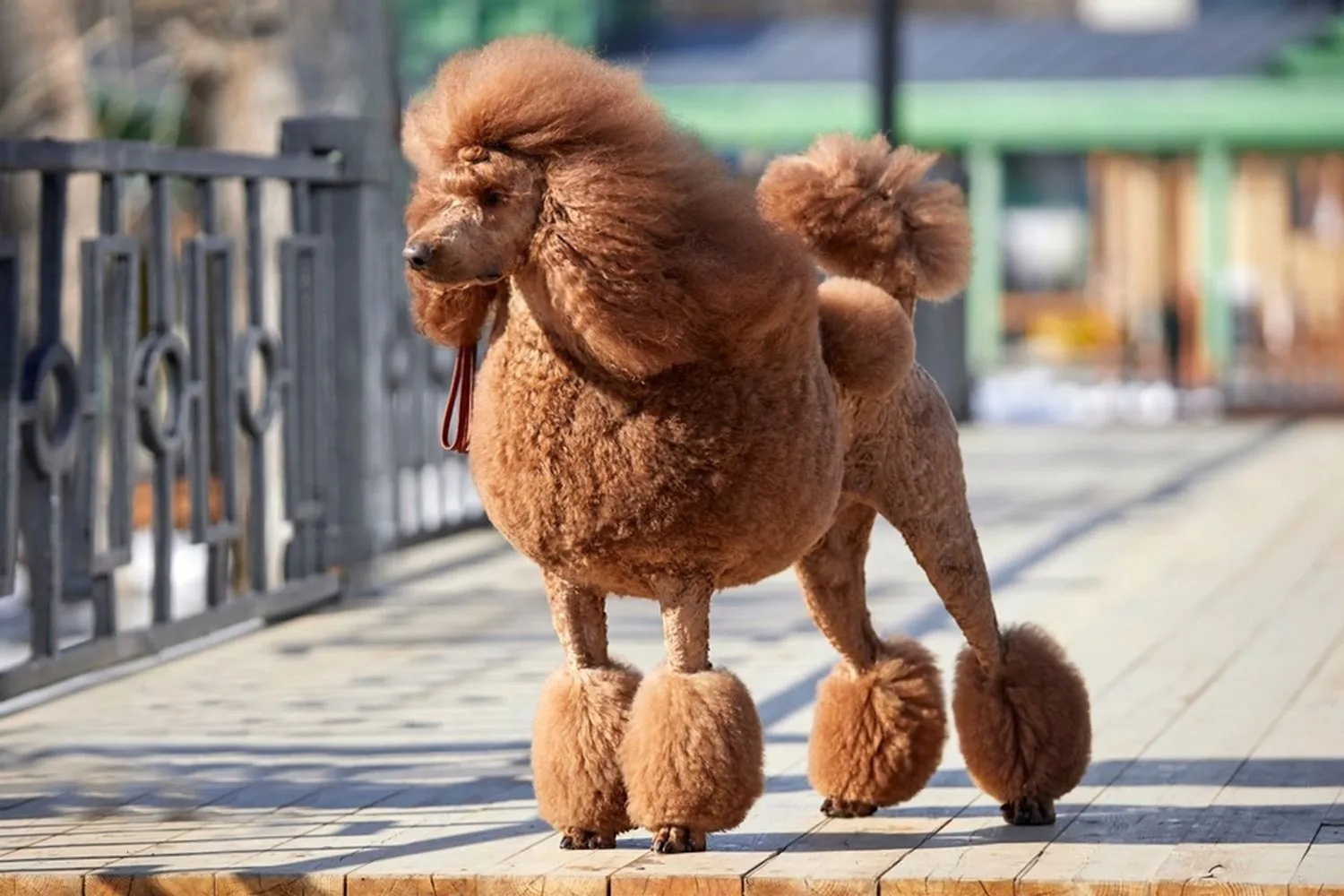
Do Poodles Have Any Common Health Issues?
Poodles are generally sturdy, lively dogs, but like every breed, they do have a few health quirks to keep an eye on. A balanced diet, keeping them at a healthy weight, and regular vet checkups go a long way. I keep a little notebook for my dog where I jot down anything new eye gunk, a limp, a weird cough so I don’t forget to mention it at appointments. It’s amazing how often those little notes help catch things early.
Eyes are a big one to watch. Entropion (eyelids rolling inward) can make a dog squint or paw at their face, and Dry Eye can leave eyes looking dull or sticky. Cataracts can cloud the lens and make your Poodle bump into furniture they used to navigate with ease. I’ve gotten in the habit of doing a quick “eye check” during cuddles if they’re red, excessively watery, or cloudy, I call the vet. Catching eye issues early can keep your pup comfortable and sight sharp.
Hormones can also get out of balance. Hypothyroidism can cause weight gain, flaky skin, and a low energy vibe it’s like your springy Poodle turns into a couch potato. Addison’s Disease and Cushing’s Disease sit at opposite ends of the cortisol spectrum: Addison’s can cause weakness, vomiting, and crashes under stress, while Cushing’s often shows up as increased thirst and urination, hair thinning, and a pot bellied look. A friend’s Poodle with Addison’s has done beautifully once diagnosed routine meds, regular bloodwork, and a normal, happy life.
Joints and spine deserve TLC, especially as dogs age. Intervertebral Disc Disease (IVDD) can cause back pain and reluctance to jump. Hip Dysplasia can lead to arthritis down the road, while Luxating Patellas (a slipping kneecap) and Legg Perthes Disease (a hip joint issue) can cause limping or that telltale “skip” in their gait. I use ramps for the couch and car, keep nails trimmed for better traction, and stick to steady, low impact exercise. Strong muscles and a slim waist are your best friends here.
Heart and blood conditions pop up, too. Cardiomyopathy affects the heart muscle and can show as coughing, tiring quickly, or fainting episodes subtle signs that deserve a prompt vet visit. Von Willebrand’s Disease is a bleeding disorder; if you notice a nail trim bleeds more than expected, mention it. I always keep styptic powder in the grooming kit, just in case.
Two more to know well: Epilepsy and Gastric Dilation Volvulus (bloat). Epilepsy causes seizures; if one happens, keep your dog safe, time it, and film a short clip for the vet if you can. Bloat is an emergency think a swollen, tight belly, unproductive retching, and restlessness. I feed smaller, spaced out meals, use a slow feeder bowl, and skip rough play right before and after eating. Standards, being larger and deeper chested, can be more at risk.
None of this is meant to scare you most Poodles never experience the majority of these issues. But being aware helps you act fast if something pops up. Regular vet visits, good nutrition, consistent exercise, and a calm daily routine make a huge difference. If you’re getting a puppy, ask the breeder about health screenings (hips, eyes, and any breed recommended tests). And if you already share your home with a curly companion, enjoy those walks and snuggles and let your vet be your partner in keeping your Poodle thriving for years.
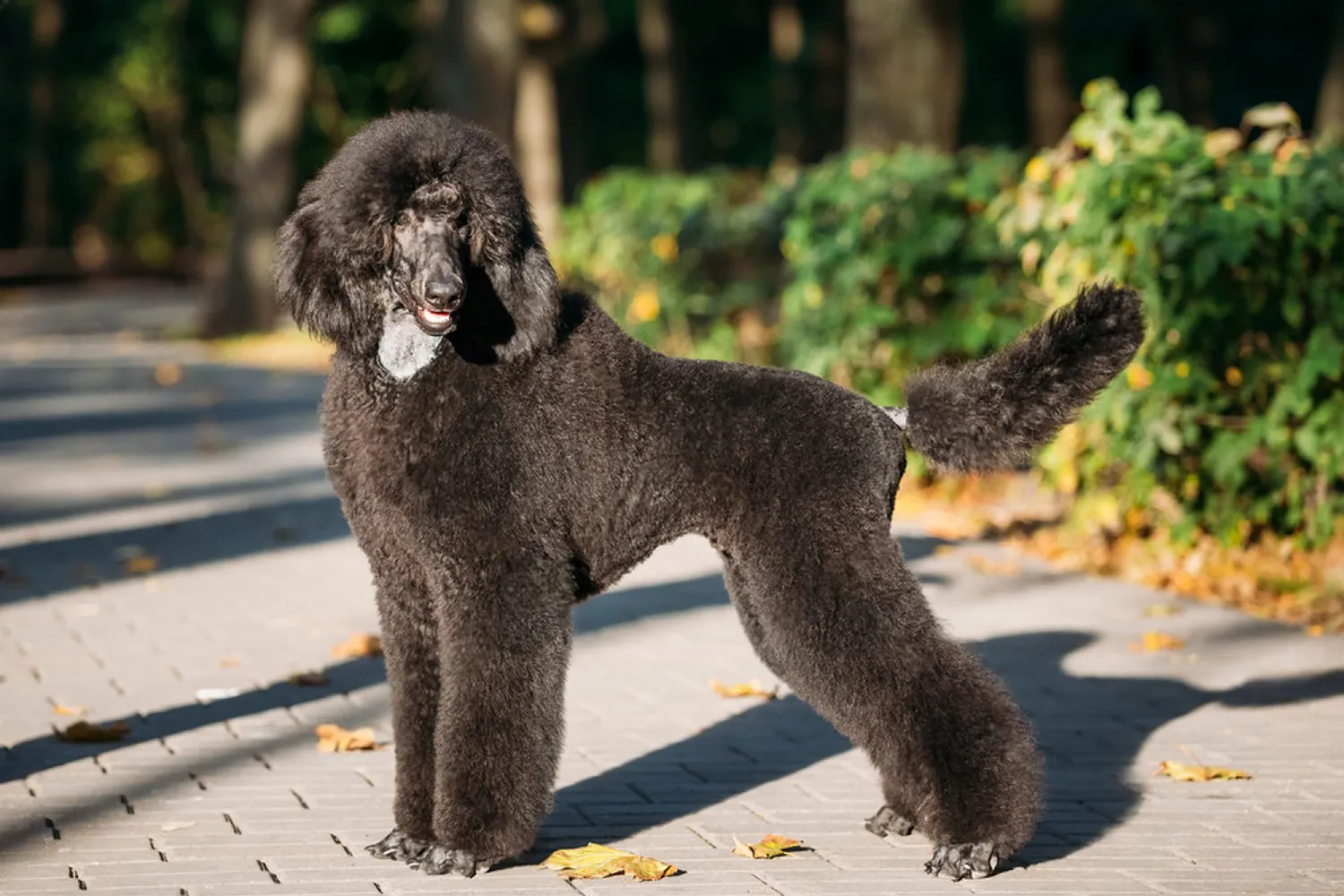
What is the lifespan of a Poodle?
Size plays a big role in how long a Poodle sticks around to steal your socks and your heart. In general, Standards tend to live about 10-14 years, mediums (often called “moyen” in some countries) average 11-15 years, Miniatures usually reach 14-17 years, and tiny Toys top the charts at around 16-20 years. My neighbor’s Toy Poodle, Pip, turned 18 and still trotted the block like a little metronome. Meanwhile, a friend’s gentle Standard, Beau, slowed down around 12 but loved lazy dockside afternoons until the very end.
Of course, those numbers are averages, not promises. A Poodle’s lifespan is shaped by breeding, overall health, lifestyle, and diet. The best “extra years” plan I know looks like this: keep them lean, schedule regular vet checkups, and don’t skimp on dental care clean teeth can make a surprising difference. Give them daily exercise that suits their size (swimming and long walks for Standards, brisk play and shorter strolls for the smaller guys), plus brain games to keep that clever mind buzzing. Quality food, consistent grooming, and a calm, safe routine round it out.
Every Poodle is an individual, and that’s part of the magic. Put good habits in place early, adjust as they age, and celebrate each birthday with a silly hat and a longer belly rub. That’s the secret to a long, happy Poodle story.
How Much Should a Poodle Eat?
Poodles are clever, active dogs, and their appetites tend to match their size and lifestyle. High-quality food really does make a difference I switched brands with my own Poodle after noticing a dull coat, and within a few weeks she looked glossier and had more pep on our walks. Better ingredients usually mean better energy, skin, and coat.
As for how much to feed, think of the guidelines on the bag as a starting point, and your vet as your personal coach. Poodles come in three sizes, so portions vary a lot: toy Poodles often do well on roughly 1/2 to 3/4 cup per day, miniatures around 1 to 1.5 cups, and standards somewhere in the 2.5 to 4 cups range, split into two or three meals. Puppies need more frequent meals, while seniors may need fewer calories. On days my standard Poodle and I hike, I bump her portion slightly; on lazy, rainy days, I keep it leaner.
Measure food with a cup or, better yet, a kitchen scale eyeballing it is how I accidentally chubbed up my miniature years ago. Keep an eye on body condition: you should feel ribs without pressing hard and see a gentle waist from above. Treats are fine, but I try to keep them under 10% of daily calories. Fresh water is a must, and for standards, smaller meals and avoiding vigorous exercise right after eating can help reduce bloat risk. A slow feeder bowl helped my friend’s toy Poodle stop inhaling dinner in ten seconds flat.
If your Poodle prefers certain flavors, that’s okay as long as the food meets their nutritional needs. If you switch brands or proteins, transition gradually over a week and watch stool quality it tells you a lot. And when in doubt, a quick chat with your vet will dial in the perfect portion for your pup’s age, size, and activity level.
Poodle FAQs
Besides size, are there any other differences between a miniature poodle and a standard poodle?
Beyond size and the fact that bigger dogs often have slightly shorter lifespans, there aren’t many major differences. Both are smart, athletic, and adore being part of the family. What you will notice is that a Standard simply takes up more “dog space” more coat to brush, more shampoo at bath time, a bigger bed, and a larger food budget. My groomer once joked that giving my Standard a haircut felt like mowing a small lawn compared to my friend’s Miniature. Same style, just more surface area. If you’re counting pennies, a Miniature is generally more affordable to feed and groom. Day to day, their exercise needs are similar both enjoy brisk walks and play but a Standard may have a bit more stamina for longer outings. Travel and city living can also feel easier with a Miniature if you’re in tight quarters.
Do Standard Poodles socialise well with other dogs?
Usually, yes. Most Standards are friendly, confident, and polite with other dogs and animals, especially when they’ve had positive experiences early on. I started puppy socials as soon as vaccines allowed, and it paid off my Poodle reads doggy body language like a champ. A few tips: keep early introductions short and sweet, use neutral spaces like a park, and reward calm behavior. If you’re bringing home an adult, go slow with one on one meetings rather than chaotic dog parks at first.
What are the benefits of adopting an adult poodle over a puppy?
Adult Poodles often come with house training, established routines, and more predictable personalities. When I fostered an adult, we skipped the 2 a.m. potty breaks and the “chew everything in sight” phase bliss. Adults can still learn new tricks quickly, but you may need to gently unwind old habits. Puppies give you that blank slate to shape from day one, which is wonderful if you have the time for frequent potty trips, teething management, and consistent training. In short: adults are less time-consuming; puppies are more customizable. Choose the path that fits your schedule and patience.
Each dog will be slightly different how do I pick the right fit?
Poodles, like people, have their own quirks. Spend time with both sizes, and meet a few individuals if you can. Ask breeders or rescues about energy level, grooming tolerance, and any sensitivities. I also suggest chatting with a groomer about maintenance costs and styles before you commit. A simple at home test: brush for 10 minutes every evening for a week if that feels easy, you’re ready for Poodle coat care.
Are Poodles one of the more intelligent dog breeds?
Absolutely. Poodles are widely recognized as the second most intelligent breed, right behind Border Collies. That brainpower makes them eager, fast learners mine mastered “spin,” “bow,” and a tidy heel in a weekend but it also means they need mental workouts. Mix in puzzle feeders, scent games, short training sessions, and even beginner agility or trick titles. A bored Poodle will invent a job, and you might not love the one they choose ask me about the day mine organized the laundry basket by “taste.”
Bottom line: whether Miniature or Standard, puppy or adult, you’re getting a bright, affectionate companion. Do a bit of homework, plan for grooming and training, and you’ll have a Poodle who shines.
Disclaimer:
This article is for informational purposes only and doesn’t replace professional veterinary or training advice. Always consult a certified vet or dog trainer for guidance specific to your pup.
